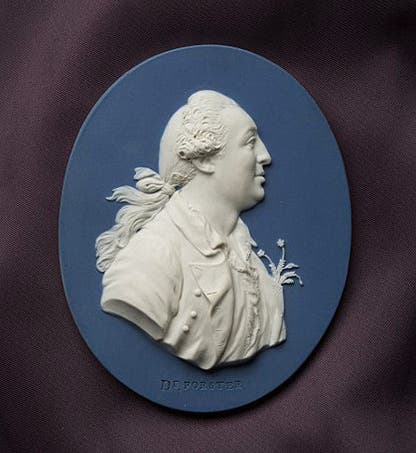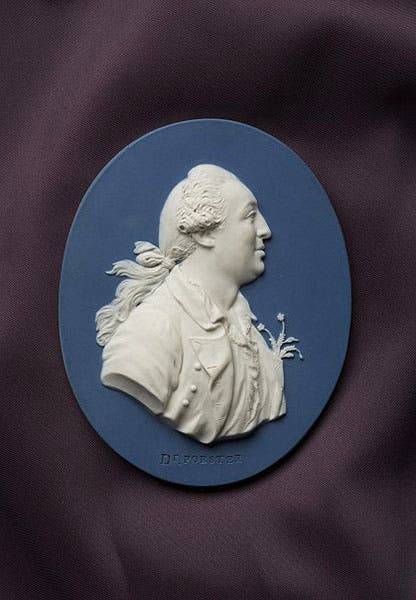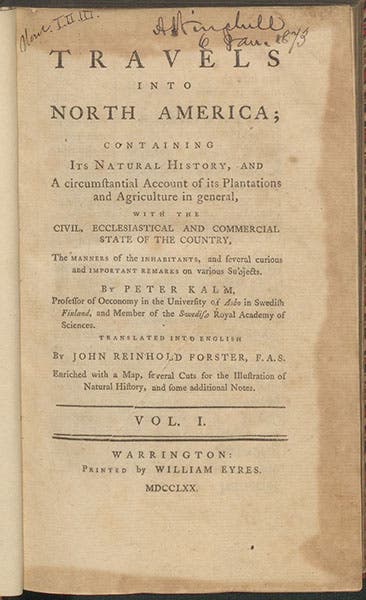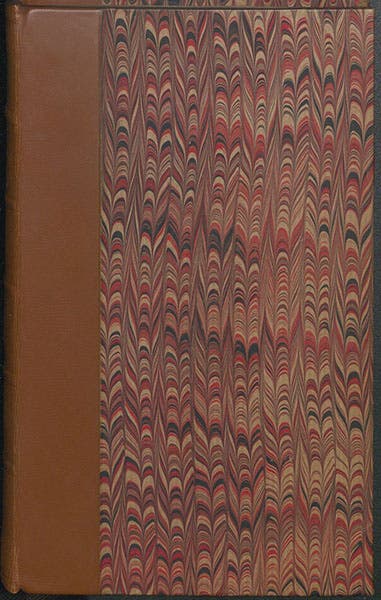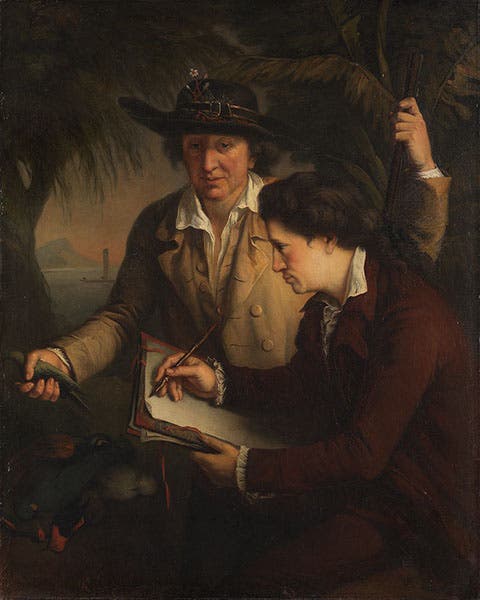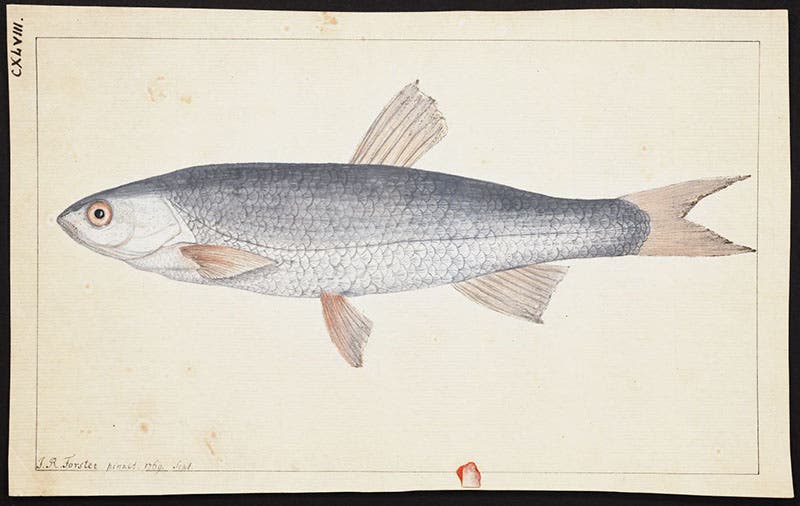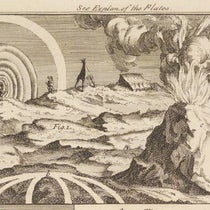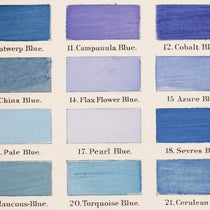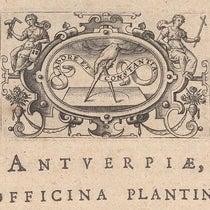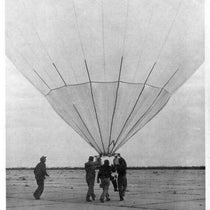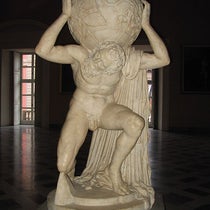Scientist of the Day - Johann Reinhold Forster
Johann Reinhold Forster, a German naturalist and pastor, died Dec. 9, 1798, at age 69. Forster was born in Germany to parents of Scottish descent. He studied natural history in Berlin and theology in Halle, and became a minister. In 1766, he, with his oldest son Georg, moved to England to take up a teaching position, perhaps motivated (as was emigrant William Herschel) by the fact that England now had a German king, George III. At the school, the Unitarian Warrington Academy in Lancashire, Johann succeeded Joseph Priestley. In 1769, Johann and Georg moved to London, where he spent his time translating Peter Kalm's Travels into North America from Swedish via German to English, which was published in 1770, a 3-volume work that we have in our collections (second and third images). It apparently brought him to the attention of the Royal Society of London, which had just welcomed back James Cook and Joseph Banks from their first circumnavigation (1769-70; see our first post on Cook), and were planning to send Cook out again to look for a southern continent. Banks would repeat as the naturalist on board, but then Banks resigned in a huff over the space allotted him onboard ship, and he had to be replaced on short notice. Forster was selected, and Georg, just 17 years old, was allowed to go along as his assistant. So for Cook's second circumnavigation of 1772-75, the two Forster's were the naturalists on board.
The second Cook voyage was as successful as the first; you can read about it in our second post on Cook. Cook published his own narrative of the voyage, which we have in our collections in a second edition. But the Forsters published narratives as well, first Georg, in 1777, and then Johann, in 1778. Johann’s book was called Observations Made during a Voyage Round the World on Physical Geography, Natural History, and Ethnic Philosophy. We do not have either Forster account in our collections, and the fact that we do not is the main reason I have not written a post on Johann Forster, hoping that a copy of his Observations would come our way, which would provide the images for our post.
I changed my mind because I recently discovered that we have an original watercolor by Johann in our collections, depicting a fish of unknown species. It was spotted by one of our former fellows, Edwin Rose, who was studying a collection of original drawings and watercolors that we acquired back in the 1960s, which once belonged to Thomas Pennant, and which were mostly executed by his assistant and manservant, Moses Griffith. You can see a few of the watercolors – some of them quite lovely – at our post on Griffith. But Rose found that there were other artists represented in this collection, and one of those was a watercolor of a fish, signed “J. R. Forster pinxit 1769. Sept.” We show it here (fifth image). I doubt that it has been reproduced before, except in our scan of the entire portfolio.
The second Cook voyage was the peak of Forster’s career as a naturalist. He was troubled with a violent temper, which was why he lost his teaching job at Warrington, and why he was not invited along on Cook’s third voyage. In 1779, Forster returned to Germany, to Halle, where he became professor of natural history, a position he held until his death on his day in 1798. If he published anything further, I am unaware of it. There is a commemorative stone, which looks fairly recent, at his birthplace in Tzcew, now part of Poland (last image).
If we ever do acquire Forster’s Observations on Cook’s second voyage, I will publish a follow-up post, wtih an account of Forster’s years in the south Pacific.
William B. Ashworth, Jr., Consultant for the History of Science, Linda Hall Library and Associate Professor emeritus, Department of History, University of Missouri-Kansas City. Comments or corrections are welcome; please direct to ashworthw@umkc.edu.

